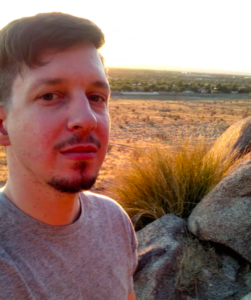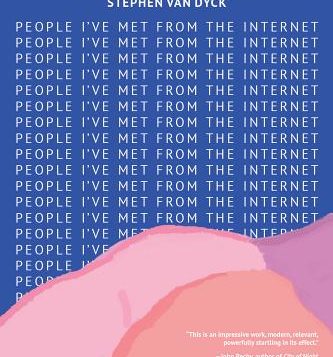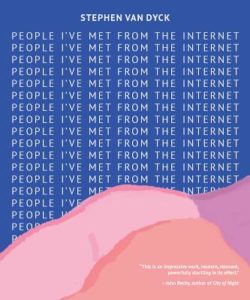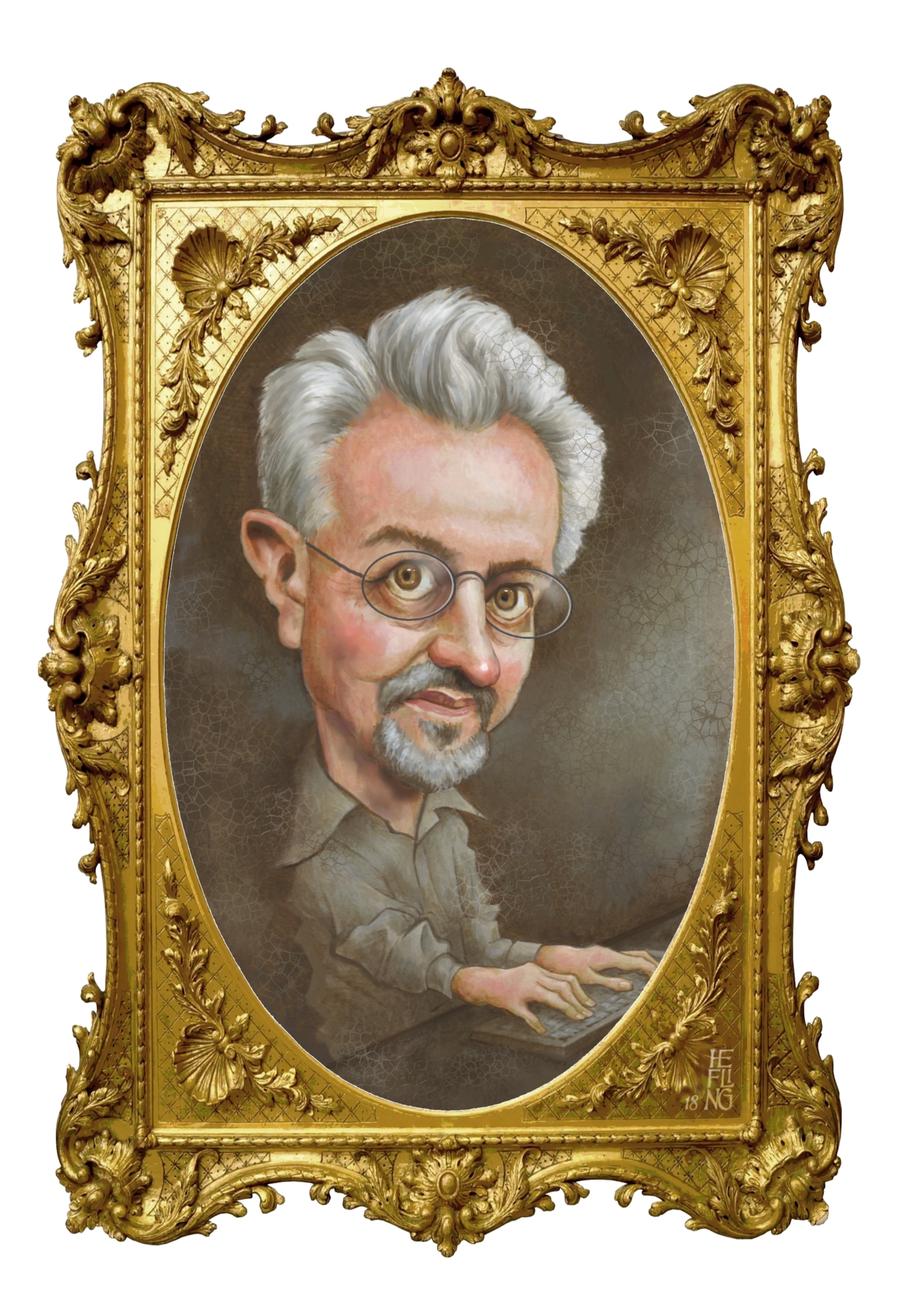IT WAS A BLURB from City of Night author John Rechy that caught my eye: “This is an impressive work, modern, relevant, powerfully startling in its effect.” Stephen Van Dyck’s experimental memoir—an annotated inventory—is accurately described by its title. The book opens with a flow chart, a seventeen-page catalog of who, when, where, what: birth name, screen name, website of first contact, date, location, summary of first meeting, age of the person, times met or days spent together, and “activity” (kissed, sucked, fucked, etc.).
Following this comprehensive record, the book flows chronologically, with numbered paragraphs elaborating on the encounters, sexual and otherwise. We are reminded, for instance, about the AOL compact discs that regularly came in the mail in the late 1990s during the dial-up days. The connections made in sexual and community-building chatrooms, experienced through the wide eyes of a high school kid in New Mexico, are fascinating to witness. Van Dyck provides a guided tour of a world many of us knew about, experimented with, and remember as an age of innocence. Today’s world of Grindr and similar apps has sped up the process, but the groundwork for our dating-via-hook-up social world is evident in these pages.

The innocence of the narrator and his sometimes clinical descriptions are mesmerizing. I was reminded of my favorite Rechy novel, Numbers (1967), in which our hero, Johnny Rio, spends a week and a half all over L.A. trying to have sex with as many men as possible. After each conquest in Griffith Park, Rio goes into the men’s room to check his reflection in the polished steel mirror, to see if a look of sex-hunger or satiation shows up in his face. (This is Rechy’s allusion to Oscar Wilde’s Dorian Gray, who regularly checks his portrait to see whether his increasing debauchery is visible.) Van Dyck’s eleven-year timespan captures a similar process of self-exploration, artistic development, and struggle, stretching from an AOL Chatroom in March 1998, in Albuquerque, to OKCupid in March 2009, in Los Angeles. Van Dyck doesn’t say why his project stopped in 2009. Maybe there’s a sequel?
During the decade covered in the book, the websites change—from AOL to Gay.com to OKCupid, Adam4Adam, and Craigslist—but the challenges and the absurdity provide a through-line that resonates. Entry 74 provides a clue to the genesis of this project:
In 2006, I met Ron, a fifty-something top with very square features. … Ron showed me a book he kept, a record of everyone he slept with at the piers. He had logged the exact dates of each hookup, although sometimes there was a question mark. … He said it helped him remember each encounter, that if they were in the book, no one was ever really lost. Ron never got HIV. … but he said many of these men were likely gone now. I told Ron that in college I’d started keeping several lists: a list of worries, a list of dreams, a list of art project ideas, and a list of people I’d met in person from the internet.
Entry 128 discusses the author’s “Time Journal”: “I kept a Word document called ‘Time Journal’ where I wrote what I did every day. … In my Creative Nonfiction class, I read stories about people I met from the internet when I was a teenager. A few class meetings later, I showed up to class halfway through and told everyone I was a little drunk. I wondered if I was already turning myself into a character.” This detail, from a course Van Dyck took at CalArts (think RISD, West Coast), clues readers in on how such a comprehensive, personal art piece took shape. And yes, he has turned himself into a character: performance is part of what’s at play in the book, but there’s no sense of exhibitionism or egomania here.
People I’ve Met from the Internet puts Van Dyck in the company of Rechy, Samuel Steward, and even Christopher Isherwood (especially his reconstructed diary, Lost Years) as experimental chroniclers of queer lives and times. The creativity of the form seems like something readers may wish they’d thought of themselves. These texts may inspire anyone who dips into this book to think about their own social and sexual histories, with longing, regret, and perhaps nostalgia.
_________________________________________________
Chris Freeman, author of the forthcoming book Isherwood in Transit(Minnesota), teaches at the University of Southern California.







